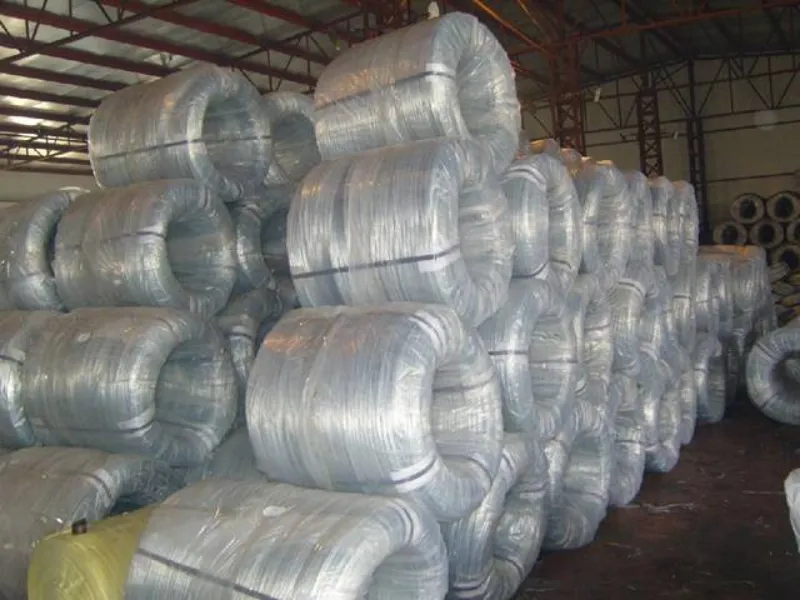
- Mobile Phone
- +8613931874955
- sales@cntcmetal.com
Exploring the Benefits and Uses of Flat Rib Lath in Modern Construction Techniques
Flat Rib Lath An Essential Element in Construction and Design
Flat rib lath is a crucial component in the fields of construction and interior design, providing structural support and aesthetic appeal to various building applications. As a versatile material, it plays a vital role in both residential and commercial properties. Understanding its applications, benefits, and installation methods can help builders and designers make informed decisions during the construction process.
What is Flat Rib Lath?
Flat rib lath, often simply referred to as lath, is a thin, elongated strip made from materials such as metal, plastic, or wood. It features ribs or grooves that enhance its structural strength while allowing for the attachment of plaster, drywall, or other finishing materials. The design of flat rib lath facilitates the even distribution of loads and the efficient use of materials, making it a popular choice among builders.
Applications of Flat Rib Lath
Flat rib lath is employed in a variety of applications, ranging from ceilings and walls to decorative features in architectural design. Its most common usage includes
1. Supporting Plaster Traditionally, flat rib lath serves as a backing for plaster applications. The ribs provide a greater surface area for the plaster to adhere to, ensuring a robust and durable finish. This is particularly significant in older buildings that utilize traditional plaster techniques.
2. Creating Interior Walls Flat rib lath is often used in framing interior walls, especially in properties where lightweight partitions are required. The use of lath allows for easy installation and modification of wall structures.
3. Enhancing Aesthetic Appeal With a variety of finishes and colors available, flat rib lath can contribute to the overall aesthetics of a space. Designers can use it to create decorative wall panels, ceilings, or other architectural elements that enhance the visual appeal of interiors.
4. Fire-Resistant Applications Some types of flat rib lath are manufactured with fire-resistant materials, making them suitable for environments where fire safety is a primary concern. This characteristic is particularly important in commercial buildings that must comply with stringent fire codes.
flat rib lath

Benefits of Flat Rib Lath
The use of flat rib lath in construction offers numerous advantages. These benefits include
- Durability Flat rib lath is designed to withstand the rigors of construction and the test of time. Its robust nature ensures longevity in various applications, reducing the need for frequent repairs or replacements.
- Ease of Installation The lightweight design of flat rib lath allows for easy handling and installation. This can lead to time savings during the construction process and lower labor costs.
- Versatility Flat rib lath can be utilized in various styles of construction, from traditional plaster methods to modern drywall installations. This versatility makes it an essential material for both new builds and renovations.
- Cost-Effectiveness Given its durability and ease of installation, flat rib lath can be a cost-effective choice for builders and homeowners alike. By mitigating the risks of damage and reducing maintenance needs, it can result in long-term savings.
Installation Considerations
When installing flat rib lath, careful attention must be paid to the spacing and alignment of the lath strips. Proper installation is critical to ensure that the plaster or drywall adheres effectively and maintains structural integrity. Additionally, it is important to follow local building codes and regulations regarding the usage of lath in specific applications.
In conclusion, flat rib lath is an integral component in both construction and design, providing strength, versatility, and aesthetic options for a wide range of projects. As the construction industry continues to evolve, flat rib lath will remain a staple material, contributing to the durability and visual appeal of buildings for years to come.
share:
-
Your Source for Concrete Wall Ties and Masonry AccessoriesNewsJul.10,2025
-
Unlocking the Power of Iron Wire for Every ProjectNewsJul.10,2025
-
Explore Advanced Chain Wire and Stainless Steel Mesh FencingNewsJul.10,2025
-
Discover the Benefits of Annealed Wire ProductsNewsJul.10,2025
-
Discover China Stainless Steel Wire Mesh SolutionsNewsJul.10,2025
-
Build with Confidence Using High-Performance Masonry AccessoriesNewsJul.10,2025
-
Why Sacrificial Formwork Is Redefining Underground ConstructionNewsJun.06,2025



















